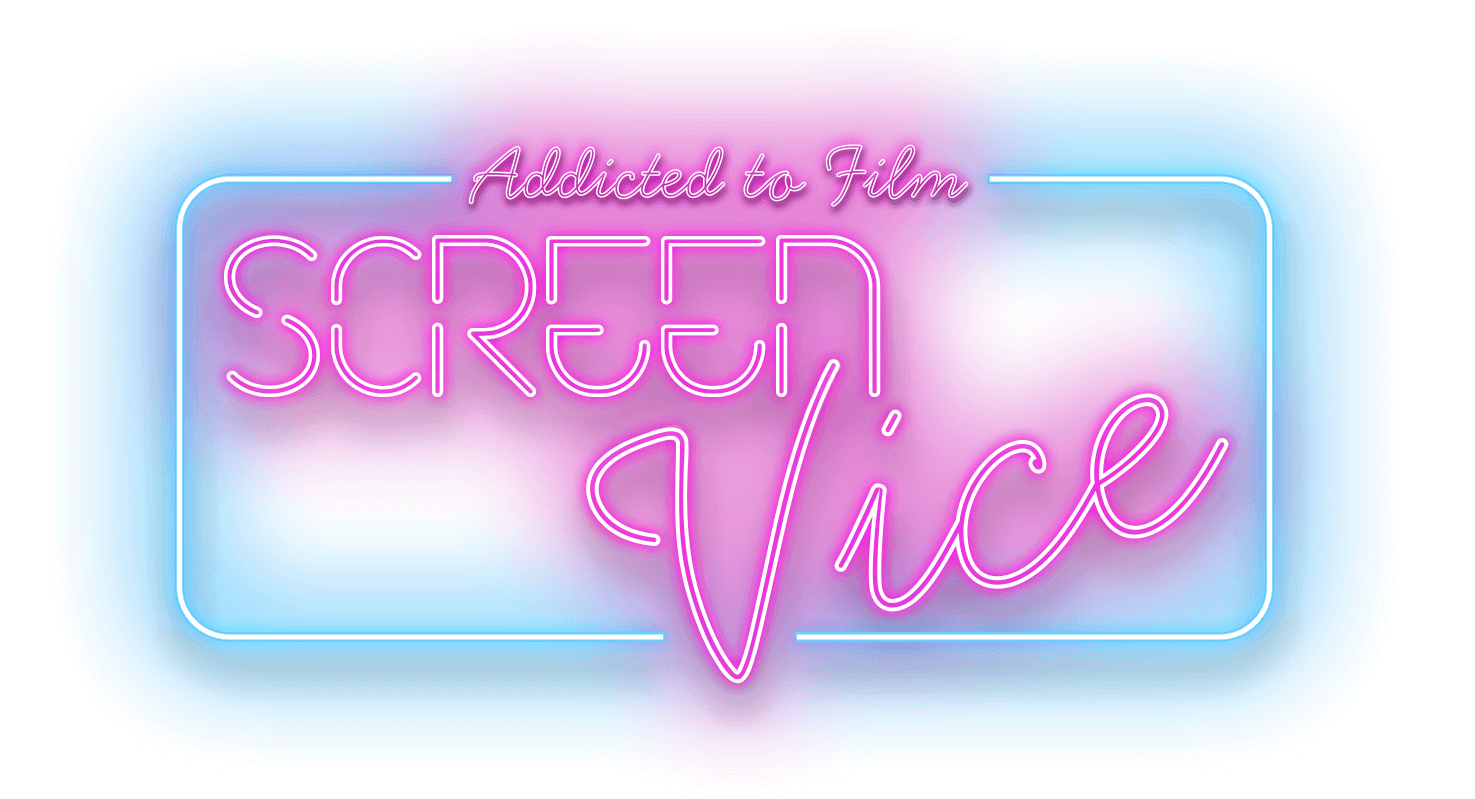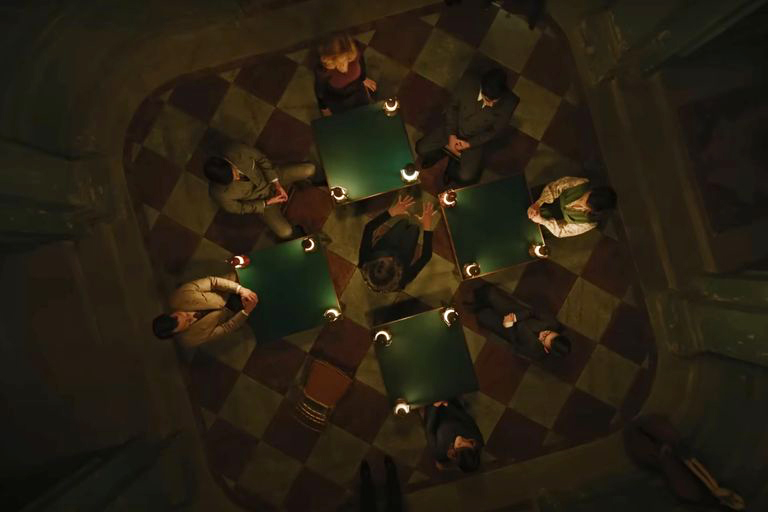One thing is clear after watching A Haunting in Venice and that is Kenneth Branagh should get on the phone to Blumhouse he needs to do more horror. This latest installment is the best of his three Poirot films, although the previous two didn’t set the world alight.
Death on the Nile was beautifully stylized but frantically paced, Branagh has slowed down that pace for A Hauniting in Venice, which in turn has allowed for a much more suspenseful, atmospheric tone.
The film has been marketed as an adaptation of Agatha Christie’s 1969 novel Hallowe’en Party, but they have taken some liberties. The story has changed location to Venice in 1947 and the supernatural undercurrent makes it a loose adaptation.
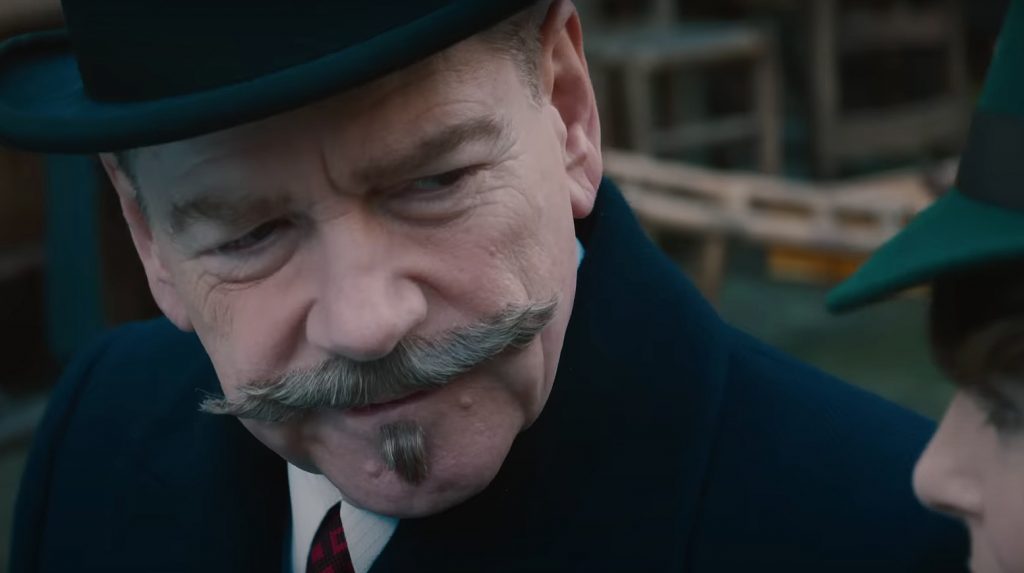
The film opens with Poirot in his retirement a couple of years after the end of World War II. He is accosted by his old friend and author Ariadne Oliver (Tina Fey) she is due to attend a séance at the home of local Venice resident Rowena Drake (Kelly Reilly). Rowena’s daughter died by suicide after drowning in the canal after jumping from her bedroom balcony.
Rowena Drake has invited a medium Mrs. Reynolds (Michelle Yeoh). Ariadne Oliver has been mightily impressed with Reynold’s physic abilities telling Poirot that ‘things’ happen around her and she wants Poirot to observe. Ariadne boasts she’s the smartest person she knows and she doesn’t know how Reynolds does it.

As we’re introduced to Rowena Drake’s home the guests including Dr. Leslie Ferrier (Jamie Dornan) make their way through the house and we get an instant eerie feel. Chambermaids describe the house as ridden with scarred souls trapped in the Venetian palazzo after people were locked in rooms with the plague and left to starve.
Poirot reluctantly attends and arrives with utmost disdain, he immediately has contempt for the medium Mrs. Reynolds, stating his loss of faith and his despise for people who take advantage of those in grief who want to contact loved ones. Mrs. Reynolds confidently acknowledges he’s there to discredit her and seems convinced she’ll change his mind.
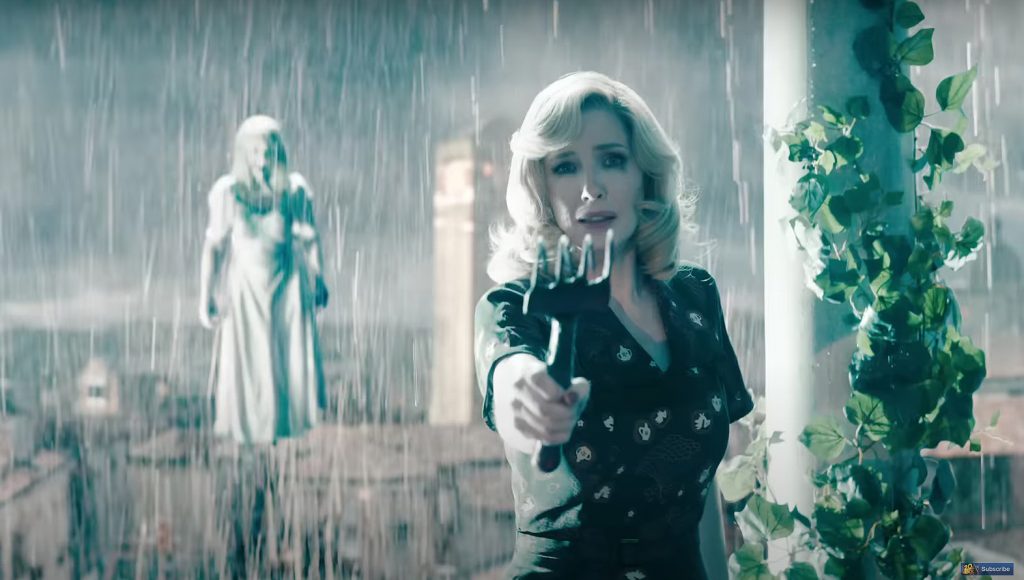
Poirot paces up and down as the séance goes into full swing, he is never deterred by the dramatics and reactions of the participants, he remains logical and obstinate.
The film does leave clues throughout but they are just a little too subtle, the lack of prominence with them means that you are bombarded heavily at the end with revelations and that takes the edge off the ‘a-ha!’ moment and the feeling of satisfaction.
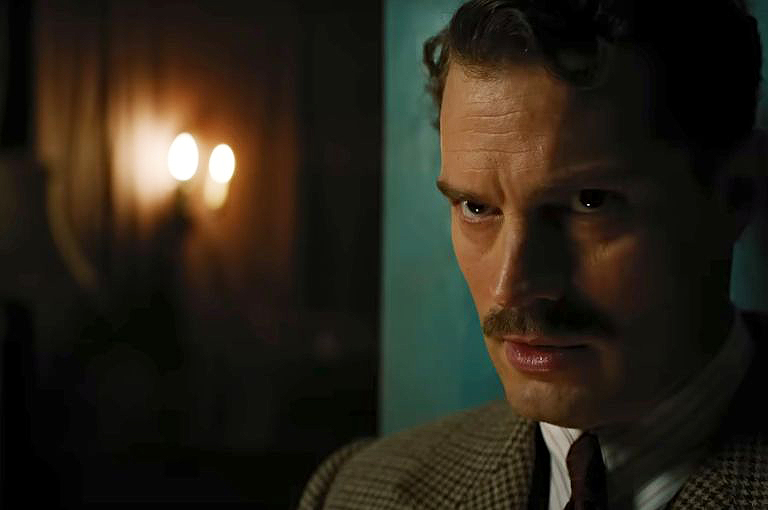
A Haunting in Venice keeps it simple, no cheesy digital background effects and back-projections that plagued Death on the Nile’s Egyptian setting. The atmospheric foggy canals of Venice and the degrading Venetian buildings all add to the beautiful style of the film.
In conclusion, overall the slower pace and supernatural setting is a fantastic backdrop for a story like this, to have the tense speculation of who the culprit is, alongside jump scares and a horror tone it’s a wonderful combination.

A Haunting in Venice is now playing in theaters.
You may also like
-
’Despicable Me 4’ Review: New Entry is Heavy on Fun, Light on Everything Else
-
‘Longlegs’ Review: Nicolas Cage Delivers a Skin-Crawling Performance in This Atmospheric but Flawed Chiller
-
‘Beverly Hills Cop: Axel F’ Review: Brash, Fun and Nostalgically 80s
-
‘A Quiet Place: Day One’ Review: Tension and Tenderness in Equal Measure
-
‘The Bikeriders’ Review: A Cool Throwback Crime Drama
